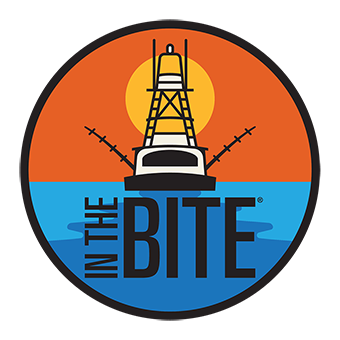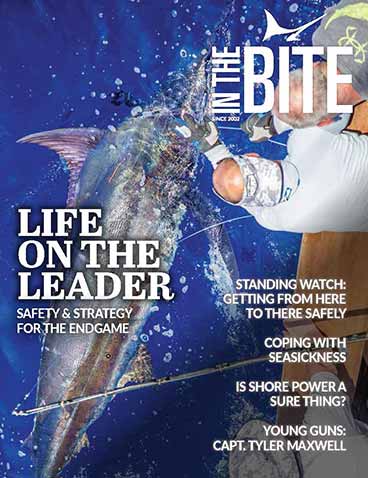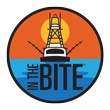Hawaii Sportfishing : Apex’s Historic 839 lbs Marlin Win
Discover the tale of Team Apex's historic victory in Kona with 'Hawaii Sportfishing: Apex's Historic Win', capturing the intense journey of Capt. Cyrus Widhalm and his crew to reel in a record-breaking 839-pound blue marlin, setting a new benchmark in the world of big game fishing.
















